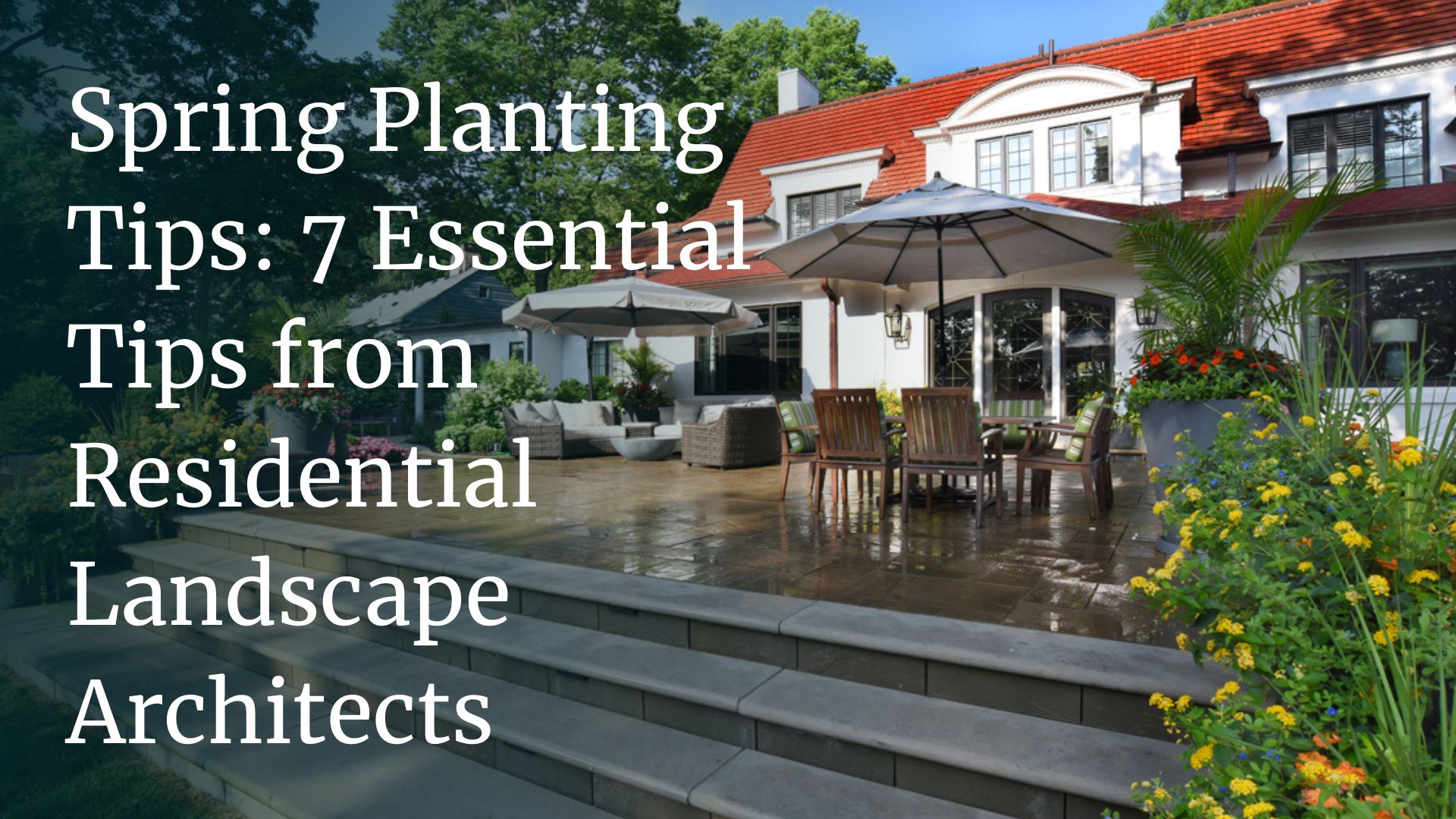Residential landscape architects know spring is the season of beginnings, and it’s also a pivotal time of year for rejuvenating your landscape. Collaborating with residential landscape architects can elevate your property’s aesthetic and functional appeal, ensuring a seamless design process. Here are seven essential spring planting tips to consider:
1. Comprehensive Site Evaluation
A thorough site assessment is crucial before initiating any planting. Analyze soil quality, drainage patterns and vegetation to build a tailored planting strategy unique to your home’s needs. This evaluation ensures that selected plants thrive in their designated environments, promoting long-term sustainability.
2. Strategic Plant Selection
Choosing appropriate plant species is vital for a cohesive landscape that stays healthy year-round. Opt for native plants that are well-adapted to the local climate and soil conditions, reducing maintenance requirements as they continue to grow and thrive.
3. Soil Preparation and Enhancement
Healthy soil is the foundation of a thriving garden. Incorporate organic matter by creating a compost garden to increase soil quality. Additionally, conducting a soil test can identify nutrient deficiencies, allowing for precise changes that promote robust plant growth.
4. Designing Functional Garden Beds
Well-designed garden beds enhance the visual appeal and functionality of your landscape. Processes like edging can help define boundaries and prevent grass encroachment, while mulching retains moisture, suppresses weeds and regulates soil temperature.
5. Implementing a Planting Schedule With Residential Landscape Architects
Adhering to a strategic planting schedule is essential for plant establishment and growth. Early spring is ideal for planting cool-season vegetables and hardy perennials, while late spring suits warm-season annuals and tender plants. You’ll also have to make sure maintenance continues as your plants stay growing. Luckily, many residential landscape architects have great ongoing maintenance processes, so you can skip the stress of upkeep and be confident in the health of your plants.
6. Irrigation Planning
Efficient watering practices are crucial for plant health and resource conservation. Implementing an automated irrigation system ensures consistent moisture levels, tailored to the specific requirements of different plant zones. Plus, it’s hands-off, and you won’t need to worry about constantly watering or feeding your plants.
7. Ongoing Maintenance Strategies: Work With The Site Group
Regular maintenance preserves the beauty and health of your landscape. Key DIY tasks like pruning and plant grouping will help encourage a thriving environment year-round, and bringing in a professional team for routine maintenance ensures that your landscape remains in optimal condition.
By partnering with experienced residential landscape architects, you can transform your property into a perfectly designed sanctuary. To learn about our building process at The Site group, contact us or browse our website.




